Welcome Back Terrariums
Terrariums, those tantalizing miniature conservatories, are making a comeback as art projects, in-home décor and gardeners’ delights. They are basically independent ecosystem under glass, a garden in a bottle. They are an exercise in ecology, horticulture and botany for all ages not to mention an interesting new accent to decorate your yard with to add some extra depth.
Terrarium History
As early as 500 B.C., plants were kept under bell-shaped glass jars for exhibit. The terrarium in its modern form the fern case was invented by accident in 1827 by a London doctor named Nathaniel Ward whose ferns were dying from the fumes of London’s factories. Ward also studied moths and caterpillars. While experimenting with a cocoon in a covered jar for observation, he noticed several plants, including a fern, had grown in the bit of soil at the bottom of the jar. Ward concluded that plants could flourish in London if they were protected under glass from the city’s polluted air. He named his discovery fern cases.
Terrarium Creativity
Now known as Wardian cases or terrariums, the art of creating miniature greenhouses has taken on many forms and purposes since its inception. The practice gained unprecedented popularity in the 1970s as amateur botanists grew indoor gardens inside giant wine bottles and other grand and dominating glass containers. They fashioned their gardens into lamps and coffee table bases.
“Though the popularity of ordinary terrariums made from bottles and jugs, etc., faded with time, I have been making my living producing decorative terrariums for home decorating for more than 30 years now,” said Ron Gladkowski, a self-taught stained glass terrarium designer. “I suspect that the concept has been brought to the surface recently thanks to the aid of the Internet.”
“Decorating with stained glass has been around for hundreds of years, as has decorating with plants,” Gladkowski said. “We humans like to have both artwork and living things in our surroundings.” Other examples of such combinations are ceramic planters, sculpture gardens and handcrafted plant stands. “Terrariums offer another opportunity to exhibit artwork brought to life by the inclusion of plants,” he said.
Gladkowski said there are several advantages to using terrariums as items of décor, including the practicality of the practice. “In today’s homes, air-conditioning and heating systems often dry out the air to the detriment of house plants, making it difficult to keep them and requiring more attention and care. With a terrarium, the plants are contained in their own humidity-controlled environment in which they thrive and require very little care,” he said. “Terrariums thrive on neglect and require only occasional watering and a bright area.”
Terrarium Education
On top of the terrarium’s unique décor, there is also an educational aspect to the accent. Some companies sell terrarium kits of all kinds.
Grant Cleveland, owner of DuneCraft, Inc., a terrarium manufacturer, attributes his success to “…looking at popular themes and connecting terrariums to those themes,” he said. He added that terrariums are regaining a lost popularity as individuals look to reestablish a connection with nature. “People love contact with nature and plants. So there’s a lot of interest on the part of the physical natural world around them.”
Cleveland said terrariums make great home décor items because people just naturally love to look at them. “All terrariums have that aesthetic component to them.”
Other Terrarium Uses
Explorers in the Victorian era were well known keepers of terrariums as they brought back from their travels exotic plants to their European homeland. The climate was too harsh to successfully grow the plants outside, so special cases were made of glass to cultivate the rare treasures. The evolution of the terrarium, or vitrine, as it was then called, continued and peaked during the 1960s and 1970s when they again became fashionable conversation pieces.
Today, the term terrarium also can refer to the keeping of small animals such as reptiles, amphibians, arachnids and so on. There are also companies in the market that are taking terrariums to a new level, offering homeowners a peek at more than plants, such as the natural habitats of the animals that live among them.
Terrarium Style
“Terrariums are a wonderful way to bring the outdoors in,” said Brini Maxwell, host of The Brini Maxwell Show on the Style Network. “The delicacy and charm of the tiny gardens help create a restful mood and create an emotional link to nature. I think the idea is having a resurgence for several reasons: It fits in beautifully with the current design trend of botanical representation in wallpapers and textiles, and it’s a way to exert control over an environment at a time when people feel they have little or no control over what happens in the world and their lives.”
Maxwell suggests retailers invest in vintage apothecary jars to stock one-of-a-kind items in which their customers could create terrariums. “The ones with the ground-glass seals for the lid are most effective for proper moisture retention,” said Maxwell. Small plants that are found together in nature are also necessary for creating the mini ecosystems that recycle water and nutrients through the plants.






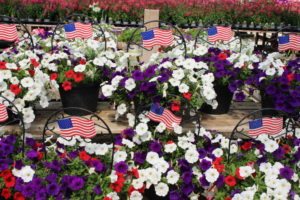
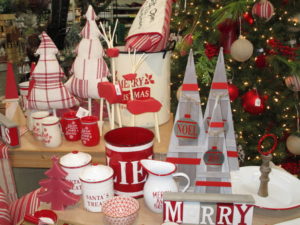
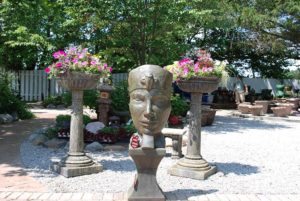
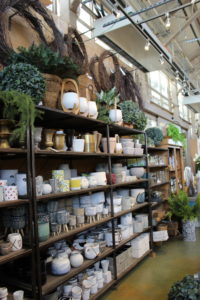
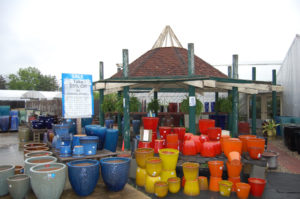
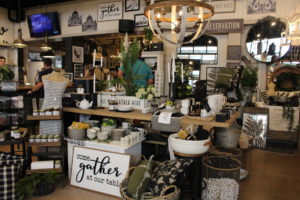

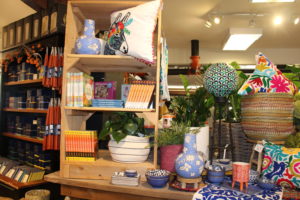
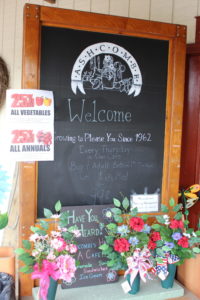

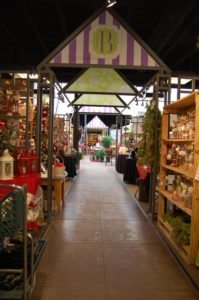
 Videos
Videos





